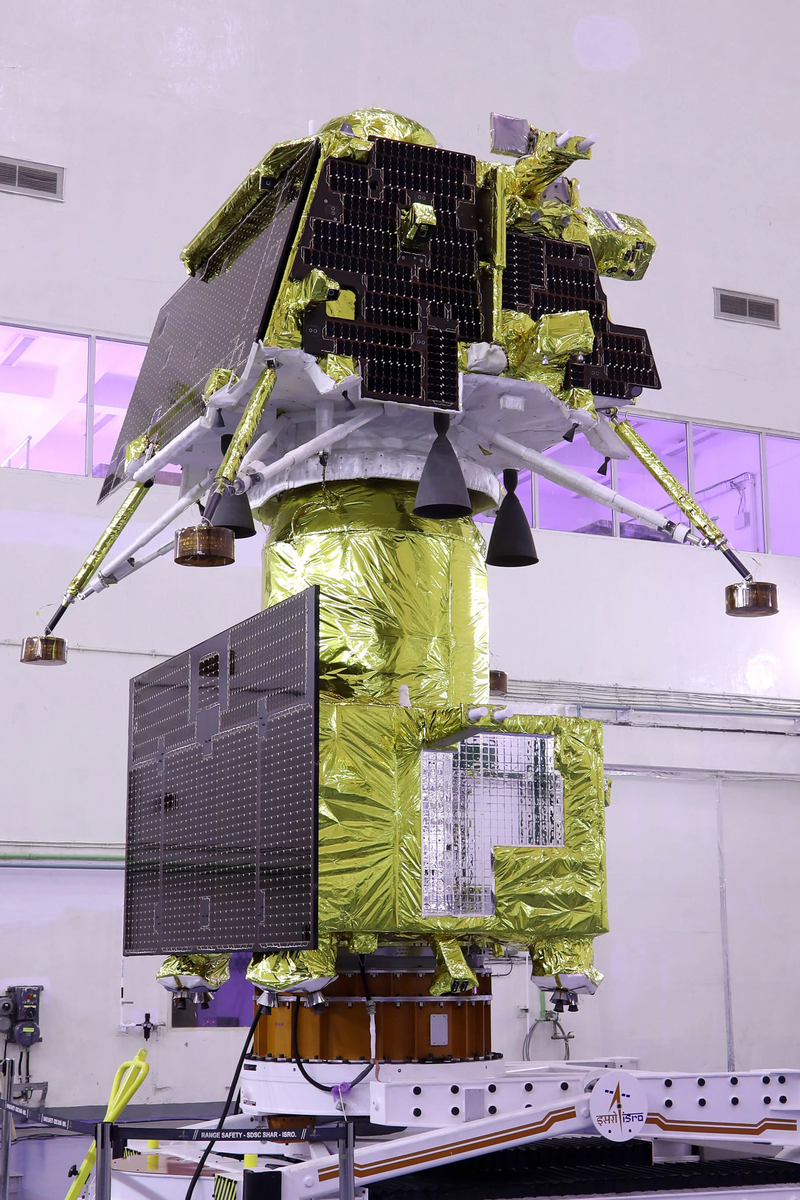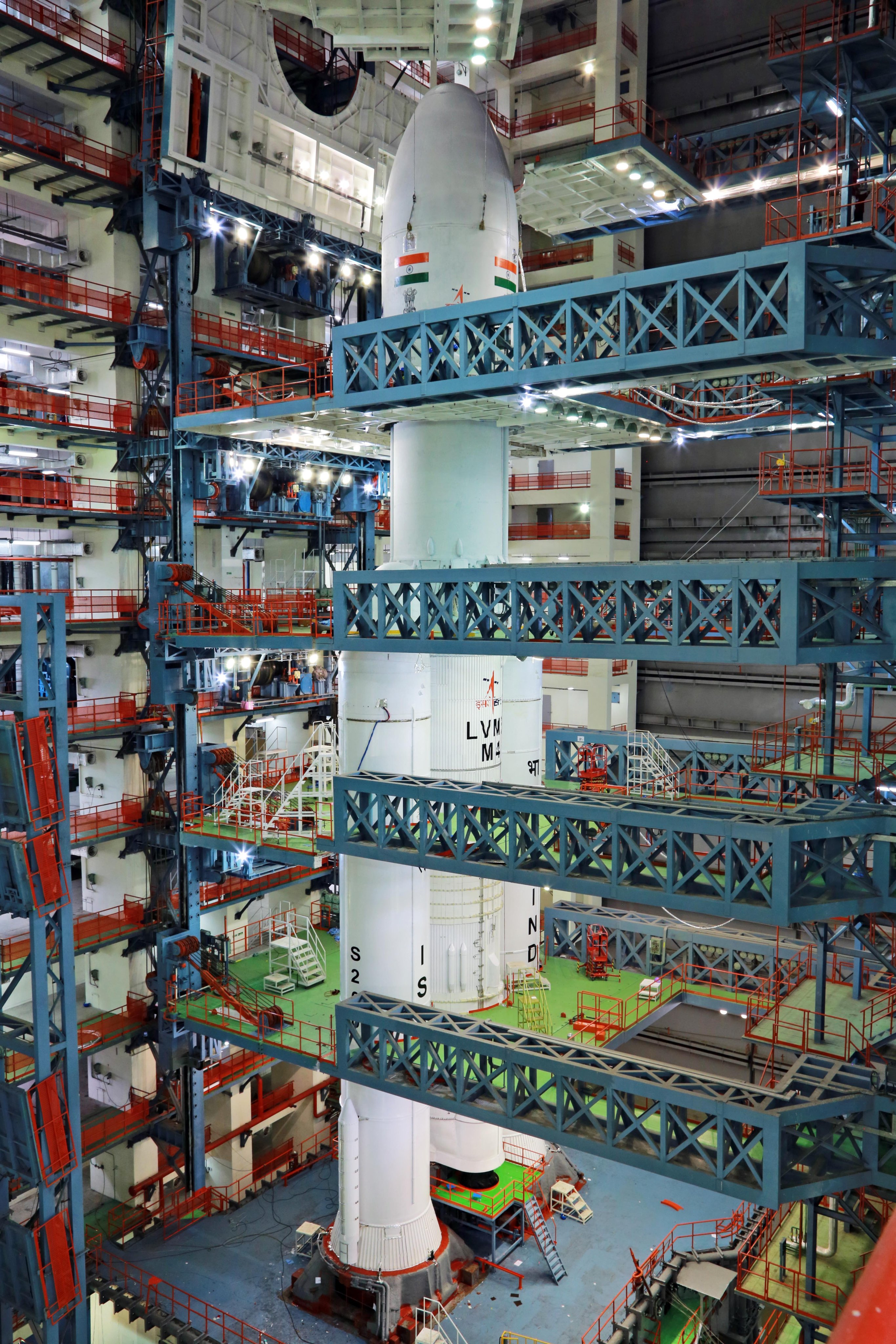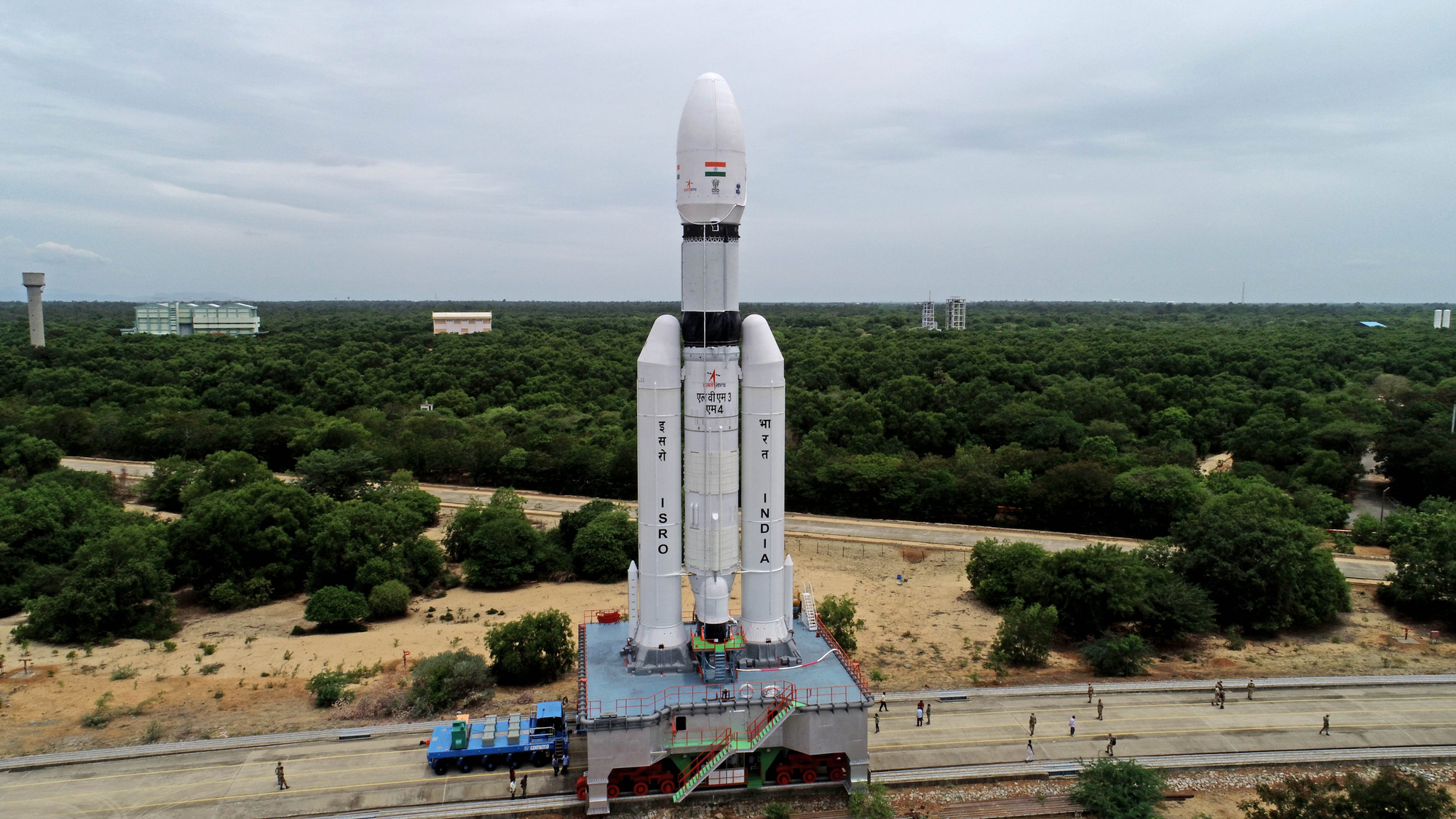Recently the Chandrayaan-3 lander atop the LVM3, also called GSLV Mk III, was moved to the launch pad ahead of the scheduled launch on July 14th from the Satish Dhawan Space Centre. Chandrayaan-3 is a follow-up Lunar landing mission to Chandrayaan-2 which failed to land on the Moon on the 6th of September 2019 after a software glitch. If successful this will be India's first Lunar landing and will become the fourth country to land a spacecraft on the Lunar surface.

Chandrayaan-3's Payloads
The lander for Chandrayaan-3 payloads are; Chandra’s Surface Thermophysical Experiment (ChaSTE) to measure the thermal conductivity and temperature, Instrument for Lunar Seismic Activity (ILSA) for measuring the seismicity around the landing site, Instrument for Lunar Seismic Activity (ILSA) for measuring the seismicity around the landing site, and a passive Laser Retroreflector Array from NASA is accommodated for lunar laser ranging studies. Onboard the lander is also a small 26-kilogram rover that will be deployed after landing on the Lunar surface. The rover also has two payloads; Alpha Particle X-ray Spectrometer (APXS), and Laser Induced Breakdown Spectroscope (LIBS) for deriving the elemental composition in the vicinity of the landing site.

What is the LVM3 (GSLV Mk3)
The LVM3 rocket is a three-stage liquid and solid propellant medium-lift launch vehicle developed and manufactured by the Indian Space Research Organisation (ISRO). The first stage consists of the two S200 solid rocket boosters generating 525 tons of thrust each, the second stage is powered by two Vikas engines generating a combined 163 tons of thrust burning Unsymmetrical dimethylhydrazine and Dinitrogen tetroxide, the third stage is powered by a single CE-20 engine generating 19 tons of thrust burning liquid hydrogen and oxygen. As of writing LVM3 has launched six times all successfully with no failures.






